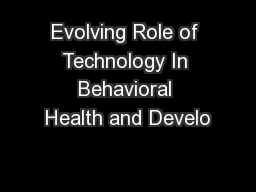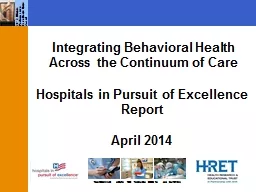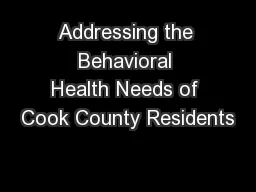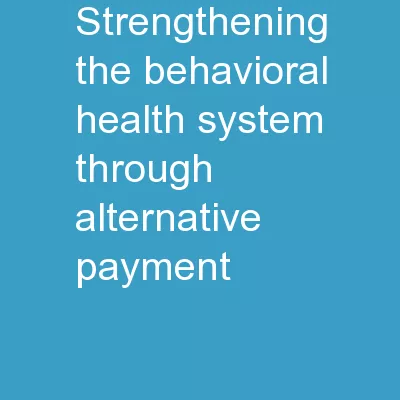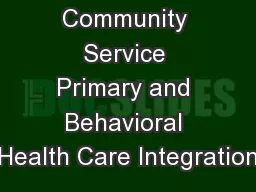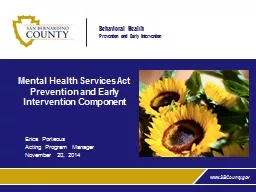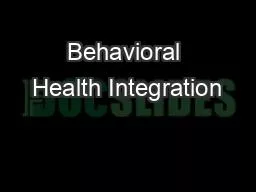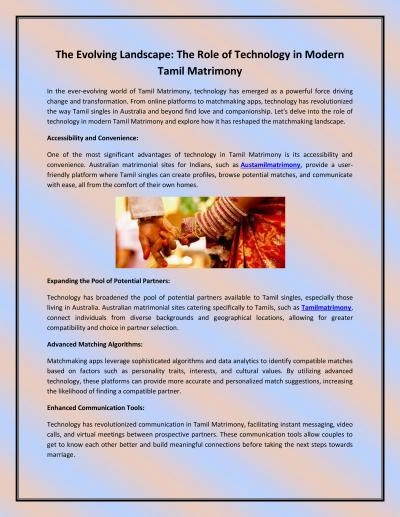PPT-Evolving Role of Technology In Behavioral Health and Develo
Author : liane-varnes | Published Date : 2017-01-16
March 12 2014 Melissa D Pinto Emory University eSMARTMH Where technology and behavioral health research intersect Technology Prepares Americans to address behavioral
Presentation Embed Code
Download Presentation
Download Presentation The PPT/PDF document "Evolving Role of Technology In Behaviora..." is the property of its rightful owner. Permission is granted to download and print the materials on this website for personal, non-commercial use only, and to display it on your personal computer provided you do not modify the materials and that you retain all copyright notices contained in the materials. By downloading content from our website, you accept the terms of this agreement.
Evolving Role of Technology In Behavioral Health and Develo: Transcript
Download Rules Of Document
"Evolving Role of Technology In Behavioral Health and Develo"The content belongs to its owner. You may download and print it for personal use, without modification, and keep all copyright notices. By downloading, you agree to these terms.
Related Documents

